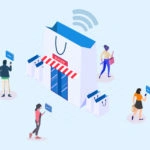A research firm TechNavio reveals that the global enterprise location-based service and advertising market project will touch 7.6 Billion USD by 2020, at a compound annual growth rate of 30.22%.
Wow, the figure is astonishing and the reason behind this astonishing figure is a change in consumer behavior. Today, consumers want everything at the right place at the right time.
And by using this proximity marketing technology, marketers can cope up with this issue of change in consumer behavior.
According to the 2015 Retail Touchpoints report.
- 71% retailers were able to track and understand customers’ buying patterns using beacons.
- 65% felt that they were able to target customers down to the aisle level.
- 59% felt that customers were more engaged in the store.
- 53% retailers felt that they were able to create more relevant and compelling offers in the store.
- 24% retailers saw an increase in sales.
- 24% retailers saw an increase in offer redemption.
Under the light of such development, we have brought the comprehensive list of the 6 Retailers who are making it big with the help of proximity marketing. Let’s take a look.
1. Carrefour
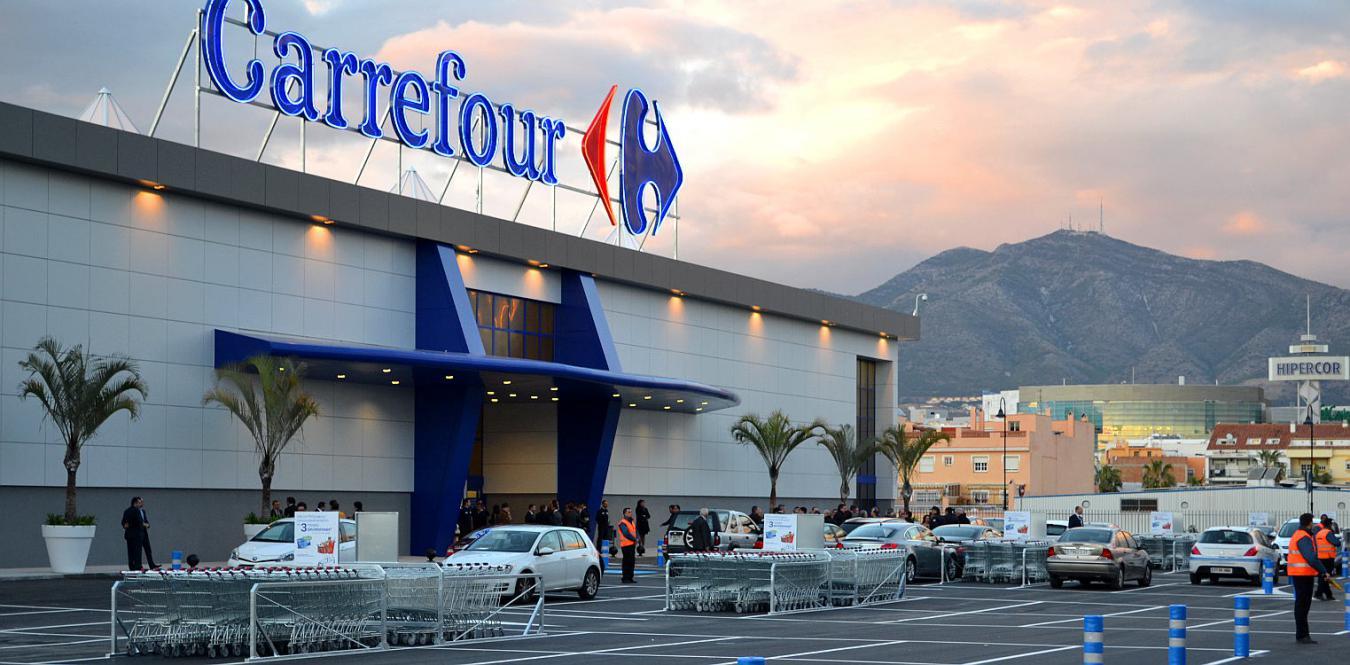
Carrefour is one of the largest hypermarket chains in the world, based in Boulogne-Billancourt, France.
It operates in more than 30 countries which include Europe, The America, Asia, and Africa. And it is the second largest group in the world in term of profit after WalMart.
Which Proximity marketing technology did Carrefour used?
Carrefour has used iBeacon technology to target its customers and they also have developed an app for orientation inside hypermarket from area to area.
Did you know SMS is one of the most powerful marketing tools available? See what it can do!
How Carrefour used iBeacon technology?
Carrefour has used this technology to keep its consumers inform about the product, services, and actual offers.
But to access this facility, consumers first have to download the Carrefour shopping app. Once the app is download, consumers can select the list of the product which they want to shop.
Once the shopping list is selected, the app calculates routes and shows the path to follow on the store map. As the consumer move from one area to another, the app route automatically updates and shows consumers their next direction.
Results
With iBeacon technology, Carrefour application engagement rate went up high by 400% and the number of app users also grew up by 600% in a period of seven months.
2. Meadowhall
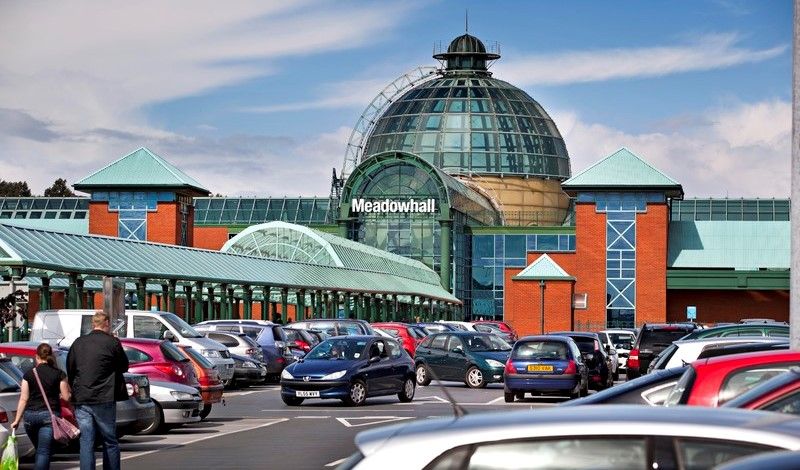
Meadowhall is an indoor shopping center situated in England, which is owned by British Land. It is the largest shopping center in Yorkshire and the eighth largest in the United Kingdom.
Which Proximity marketing technology did Meadowhall used?
Meadowhall has used iBeacon technology to promote its “Ladies night event”.
How Meadowhall used iBeacon technology?
Meadowhall used this technology to notify its visitors about the ladies night event with brands providing offers, discounts, freebies and prize giveaways.
Also Read: Post App Development: How To Grow Your App
But, to access this facility consumers first have to download Meadowhall iBeacon app on their smartphone. Once the app is download, consumers will receive Ladies Night event alert message on their phones.
Results
Ladies night event was highly successful; it saw more than 500 app downloads within the first three hours and over 500 offers redeemed by the visitors.
All 120 hotspot offers redeemed within the first 52 minutes of the event. Meadowhall also won the Purple Apple Merit Award for strategic marketing for using ‘groundbreaking’ mobile phone beacons.
3. Elle

Elle is a worldwide lifestyle magazine of French, founded by Pierre Lazareff and his wife Helene Gordon in 1945. The magazine focuses on Fashion, Beauty, Health and Entertainment.
Which Proximity marketing technology did Elle used?
Elle magazine used Geo-fencing and iBeacon technology to promote its September issue magazine.
How Elle used Geo-Fencing & iBeacon technology?
Elle used this technology to target those customers who are close to Elle shop, the targeted consumers receives a push-up notification of a product suggested by Elle.
In case, if a consumer choose to visit the store, listed with that particular product, he/she get another notification with a promotion offer by RetailMeNot through beacons.
Results:
Through this technology, the magazine generated the engagement rate of 112% and in addition to this, Elle witnessed 500,000 in-store visits through beacon marketing in five weeks, which is 100 times higher than the usual number.
4. Woolworths
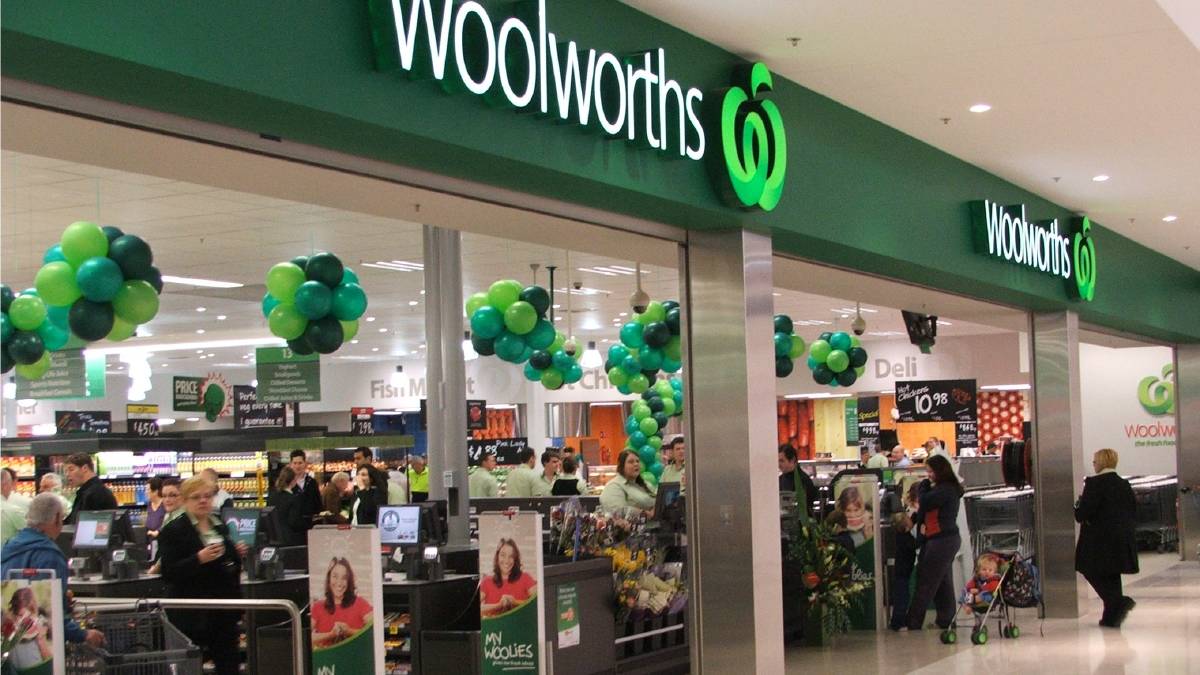
Woolworths is an Australian based supermarket which is owned by Woolworths limited. This supermarket is specialized in selling groceries, magazine, DVD and stationery items.
Which Proximity marketing technology did Woolworths used?
Supermarket giant Woolworths used iBeacon technology in one of the Woolworths stores in Sydney. The idea behind using iBeacon technology is to improve customer service around click and collect app of Woolworths.
How Woolworths used iBeacon technology?
Woolworths used iBeacon technology to target those consumers who are within a certain radius of the store by asking them if they wish to collect their online orders which they have ordered earlier.
If the consumer selects “Yes”, a notification will send to Woolworths picking system. After receiving the notification from a consumer, Woolworths team start assembling the order. After assembling the orders, another notify message sent to the consumer telling him/her that his/her order is ready.
Result
Through this technology, Woolworths reduced the collection service time by 50% and they also have registered a record collection time of 15 seconds.
And in addition to this, Woolworths announced that they will soon roll out beacons across all of their 254 click-and-collect stores with the aim of allowing consumers to place their order online and pick them up in store.
5. Macy’s
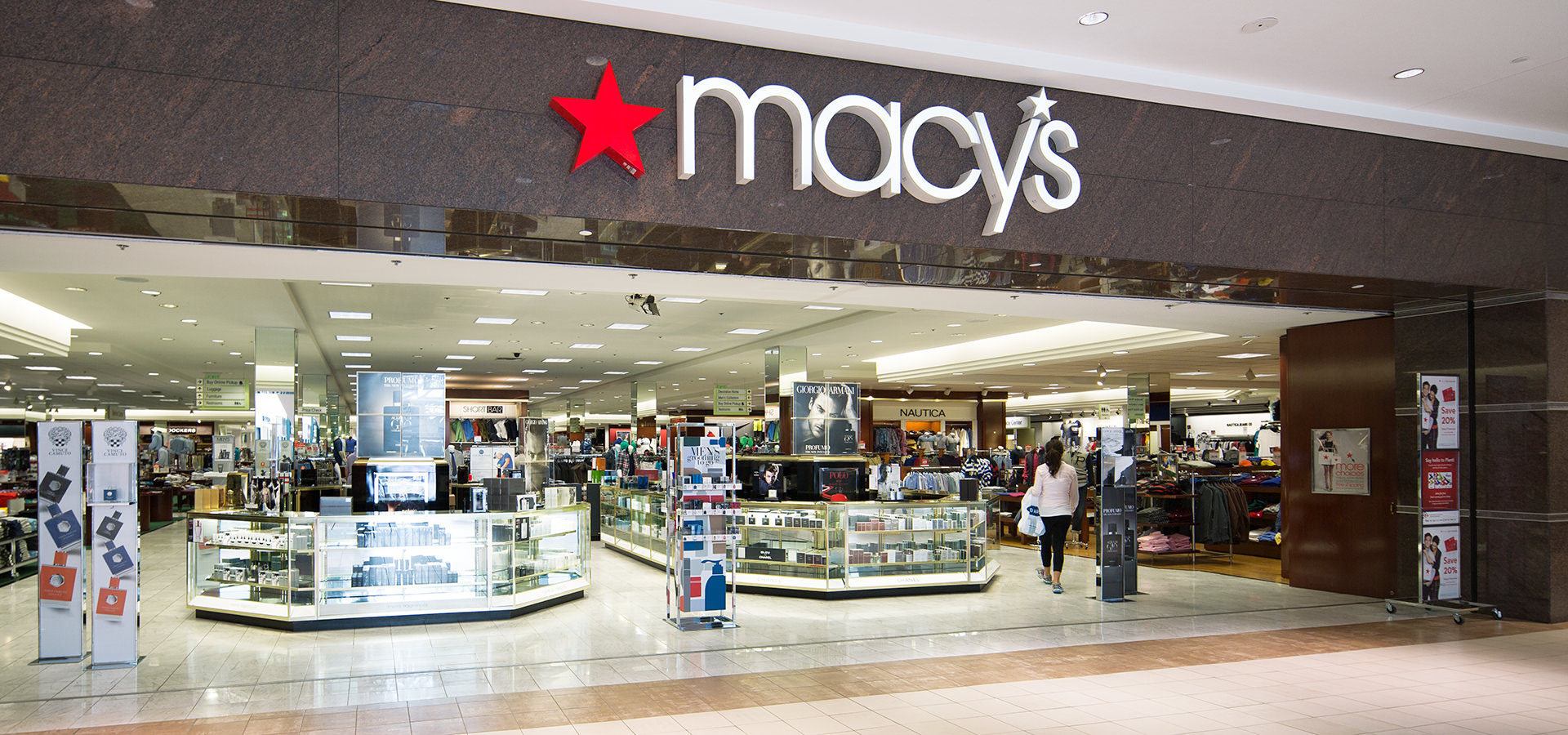
Macy is a departmental store which is own by Macy’s, Inc who operates 789 department store.
Which Proximity marketing technology did Macy’s used?
Macy’s used Beacon technology at some of its departmental stores. The motive behind enabling this technology is to target those consumers who enter their Beacon zone by push-up notification.
How Macy’s used Beacon technology?
Through beacon technology, Macy’s targeted those consumers who are closer to the shop by sending them a push-up notification, which includes discounts, rewards and personalized level of deals.
They also have used Beacon technology on Thanksgiving day for an in-store contest focussing on Pinterest for displaying deals and a mobile-enabled shopping list.
Results
Through Beacon technology, Macy’s boost up its in-store engagement by 16 times and app retention by 6 times.
6. McDonald’s
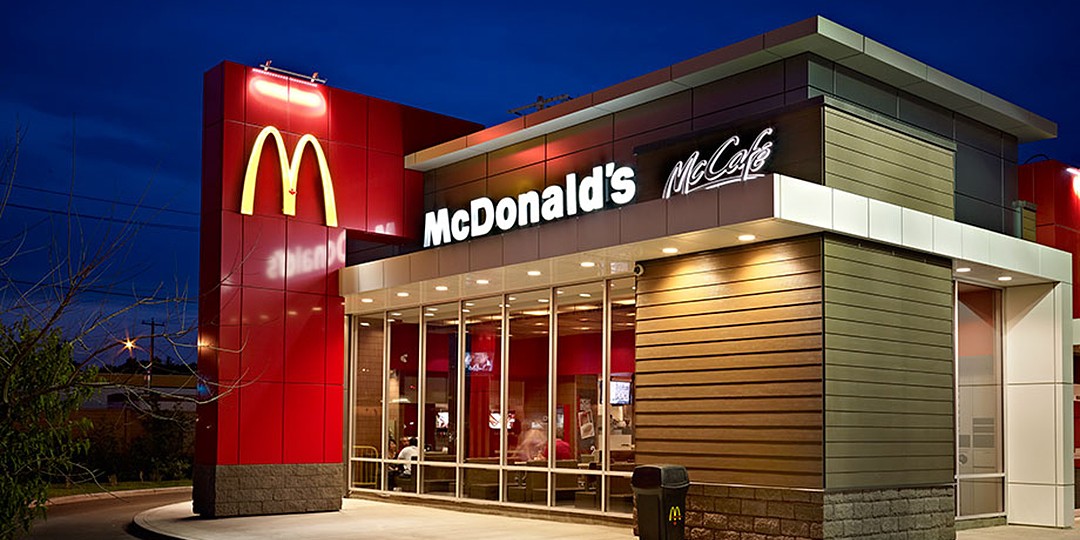
McDonald’s is an American hamburger food restaurant chain, founded in 1940. It is one of the world largest restaurant chain serving approximately 68 million customers daily in 119 countries across approximately 36,615 outlets.
According to a BBC report published in 2012, McDonald’s is the world’s second largest private employer (behind Walmart with 1.9 million employees), 1.5 million of whom work for franchises.
Which Proximity marketing technology did McDonald used?
McDonald’s used Beacon Technology at 15 of its café in Istanbul. The idea behind using this technology is to enhance the personal relationship with customers as well as to promote a new line of coffee.
How McDonald’s used Beacon technology?
To promote a new line of coffee, McDonald’s first tapped with popular Turkish app called shopping genie to target its customers while they were around the premises of a local McD Café.
Each time consumers, with the mobile app installed on their smart device enter Beacon zone, receive a mobile coupon prompting them to purchase a coffee and collect one beverage from the new drink line for free.
Results:
- McDonald’s achieve 20% conversion rate with 30% of user who received the promotion.
- 20% of loyalty app consumer’s shown interest in receiving such types of offers.
Get the full story here:

